Have Zoom Galas Killed the Guest List?
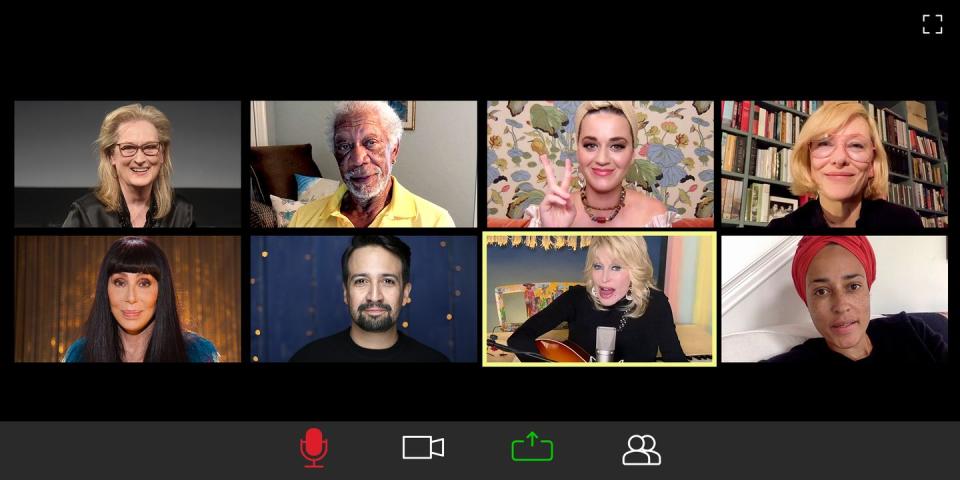
Gala season, the annual swirl of fundraising dinners and events that fuels social life in cities like Palm Beach, New York, and Los Angeles, may seem like a non-stop party, but that's not always the case. Sure, there's the thrill of supporting a worthy cause, but there are also the hotel ballrooms, the revolving-door crowd, the two hours of speeches, and the dreaded “rubber chicken dinner” that can wear out their welcomes even for the most social creatures.
“God, I would buy the ticket to not go to the party at this point,” says Bronson van Wyck, author of the recent book, Born to Party, Forced to Work and a party planner with a client list that includes President Obama, Gwyneth Paltrow, and Beyoncé.
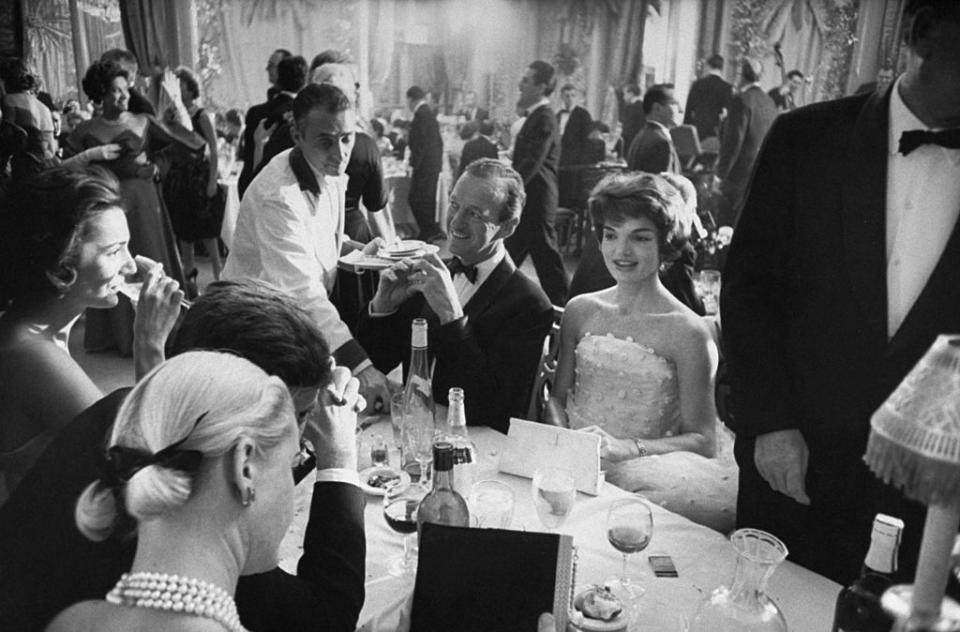
Which is to say, charity fundraisers have long needed a revamp, and today, with in-person events severely curtailed and fundraising perhaps more important than ever, they're getting it.
The new slate of events streamed online or via an invitation-based video service like Zoom are a reimagining of the fundraising industrial complex. While the centerpieces and table seating have gone out the window, entertainment still holds strong, with more value place on star power and a captivating program.
Traditional event planners continue to hold the reins in many instances, though some organizations are handling these events internally, often alongside video technicians who have only recently discovered their new calling. But, will these organizations survive without the normally massive donations doled out at society functions? And will members of the upper crust want to attend an event so… accessible?

T&C spoke with a variety of gala hosts, attendees, and party planners to figure out the newly emerging best practices for a virtual charity function—and how these could, perhaps, usher in an era of inclusivity.
The Program
As events shift online, complications arise. While the traditional gala might feature live entertainment (Dolly Parton performed at the We Are Family's January event; Sting and Annie Lennox did the month prior for the Rainforest Fund) and high-profile speakers, today there's a consensus that virtual events need a more concise program with a clear message—under two hours seems to be the ideal. As one can imagine, guests have limited attention spans when they’re watching a program on their laptops.

“People do want to make a connection, but nobody wants to sit and watch a screen for two hours,” says Bryan Rafanelli, a New York event planner who has worked with the Boys and Girls Club, the Breast Cancer Research Fund, and UNICEF on virtual events. “I wanted to make the programs of these galas that we’ve done as succinct and clear and entertaining as possible and have people say, ‘I can’t believe how short that was.’”
Short doesn't mean boring, though. And according to some planners, guests are actually paying closer attention than ever. “If you’re able to put together a great program, you can actually have higher engagement because people are focused on their screen; they’re not focused on the guy eating chicken across from them,” says Debbie Geller, Los Angeles-based event planner.
Instead they can focus on A-List guests—many of whom are themselves stuck at home—who are lending their celebrity to these causes. When the Brooklyn Academy of Music held its annual gala virtually on May 13, honorees included Cate Blanchett and Zadie Smith, along with performances by the Alvin Ailey American Dance Theater and rocker St. Vincent. Rafanelli’s UNICEF event featured Cher. The 92nd Street Y’s recent “92Y Together” gala had readings from Salman Rushdie and Bill Collins.

Above all, it remains imperative to focus on the passion guests have for the evening's cause. On June 1, New York's Public Theater is hosting its “We Are One Public” event, with a lineup including Lin-Manuel Miranda, Meryl Streep, Daniel Craig, and Sam Waterston. Tony Award winning director Kenny Leon will be at the helm, using his theater background to construct the program.
“Of course, it is a virtual event, but at the end of the day we’re still telling a story,” Leon says. “We’re telling the Public story; we’re telling the story of those who love theater, and we’re telling the story of the essential workers that we have in our country.”
The Guest List
One striking new feature of this spring's spate of virtual galas? Many organizations chose to make their events free and open to the public.
It's hard to charge the same high-priced ticket for an hour long concert beamed to someone's laptop. And the precarious state of the world has made it feel imperative to make celebrations inclusive and welcoming.
The Public Theater has made tomorrow evening's performance free to stream. “It’s always been a little bit of a pit in my stomach every year when I do the gala and I think, ‘Oh gosh, only these people are getting to see the show and I wish that more people could get to see it,’” says Mandy Hackett, the Public's Associate Artistic Director. “It feels really good this year to be able to do it this way.”
The BAM gala, too, decided to make admission free once the event was moved online—alongside gentle prompts for donations and a voluntary art auction. Katy Clark, BAM’s President, also notes a shift in the program to make it more accessible to a larger audience.
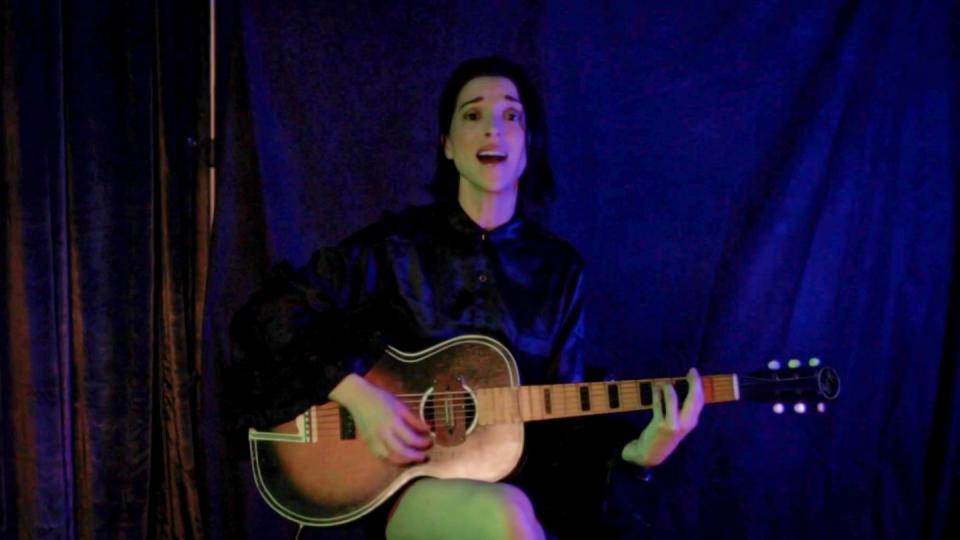
“We felt very strongly that everybody needed to feel that sense of community and that the more people we could involve in that, the better,” Clark says. “We tried to design the pieces with that feeling of inclusion in mind and everybody really embraced it.”
The rise of the virtual gala has also seen a new crowd of attendees emerging. Larry Milstein was one of the first people to throw a virtual gala during the quarantine. “Zoomtopia,” which benefited the World Health Organization’s COVID-19 Response Fund and the International Medical Corps, was organized in just days and promoted entirely on Milstein and his friends’ Instagram pages.
“It wasn’t the same rotation of names that you would see at these blue-chip institutions,” Milstein says. “We had some of that, but we also had people that for whom those environments aren’t interesting and that this actually was a new kind of philanthropic impact.”
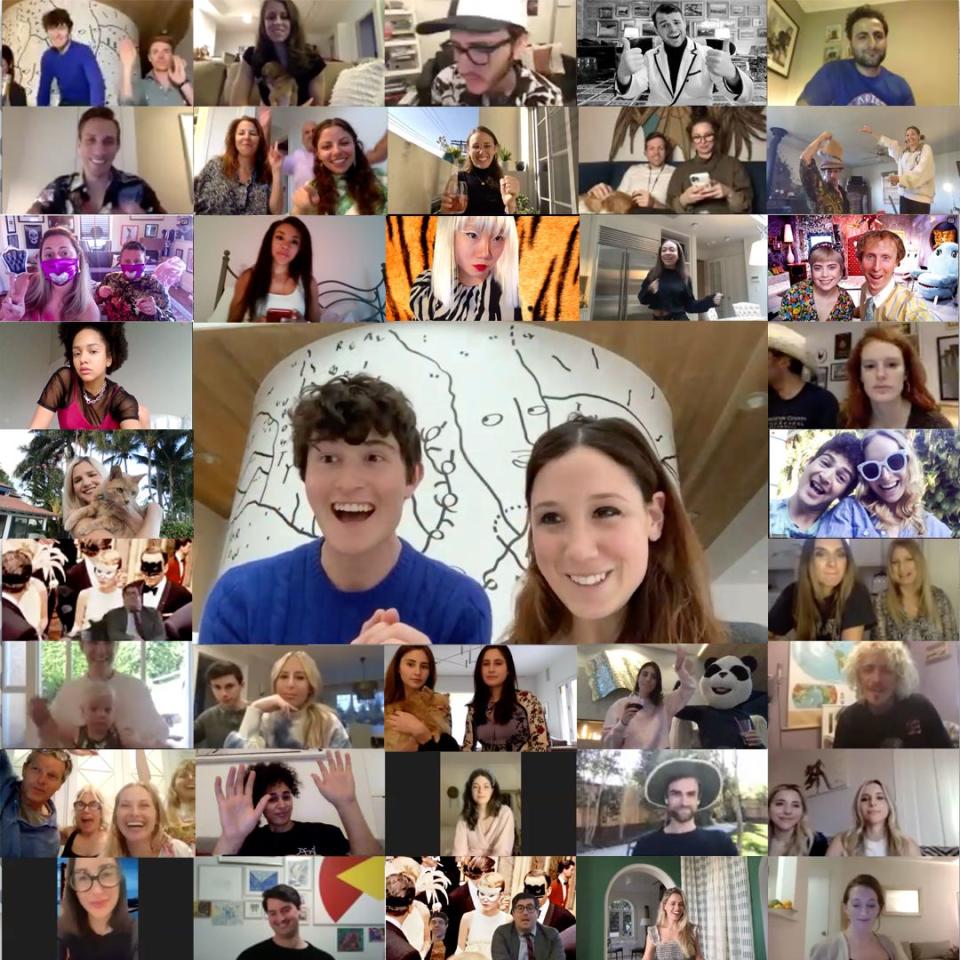
In some cases, these virtual galas might even draw in more true believers than their in-person counterparts. “You see who really shows up,” van Wyck says. “There’s no one who’s on a Zoom call to be photographed in a dress. It’s the people who care—it’s the real deal people. It’s very inspiring.”
That Special Something
While virtual galas have clearly become more inclusive, they still need to raise money. Rather than having set ticket prices, organizations have added bonus experiences and features for their larger benefactors.
“People’s desire and willingness to give was definitely still there,” says Margaret Moll, Managing Director of The Civilians, a New York-based theater company. For a recent fundraiser, the group used the breakout room feature in Zoom to host VIP cocktail parties. Each Zoom room hosted either individuals who raised or donated a certain amount of money—a virtual version of the "tables" of yore. For its upcoming gala, the Public Theater will use a similar feature.
Other virtual events are going more over the top with their extra features. Van Wyck arranged a virtual cooking class featuring a Michelin-starred chef and ingredients sent to each home beforehand; Rafanelli is currently organizing an event in the fall that will use DoorDash to hand-deliver dinners to each home; "Zoomtopia" allowed party photographers to take and publish screenshots of guests from Zoom. Other events have included gift bags as well as augmented and virtual reality experiences.
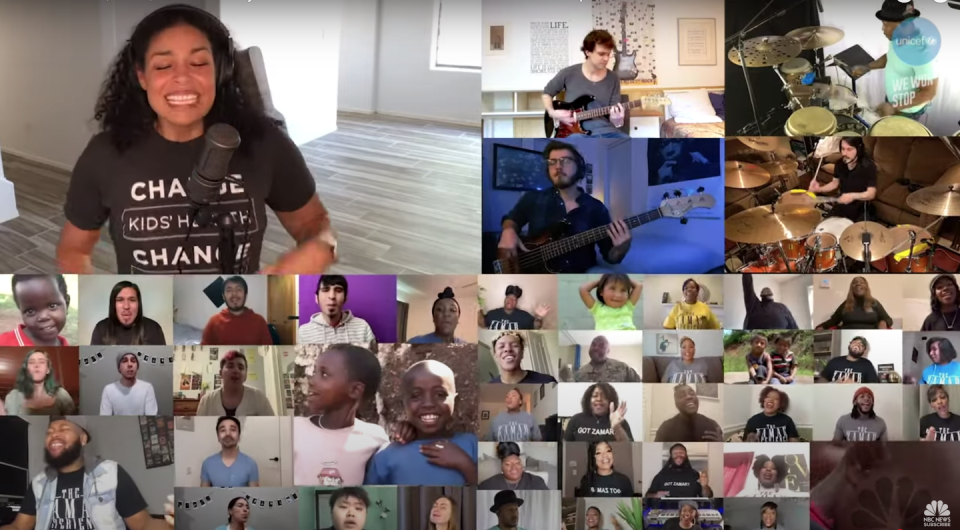
“Zoom events and fundraisers are cool right now,” Geller says. “They’re going to have to continue elevating because they’re going to become normal. At the point in which they become normal, we have to take them to the next level.”
Seeking Connection
Whether an event is going all out on the pomp and circumstance or not, online fundraising events have been incredibly successful so far. The virtual Met Gala generated millions in earned media value, and 174,000 people from around the world watch the 92Y event. BAM had roughly 6,000 guests attend the online event and raised $1 million, giving 10% of the donations to the Brooklyn Hospital Center.
More and more of these events continue to crop up: The Rainforest Alliance, Alvin Ailey American Dance Theater, and the MCC Theater all have virtual galas in the next few weeks, and that's just to name a few.
So why do people keep tuning in from their living rooms week after week? Perhaps because the causes that matter to them are still important—maybe even more so right now. Additionally, many of us are craving the social interaction we can’t have right now: the live performance, the buzz of a filled room, the sound of applause.
“The community at large is starved for connection right now,” van Wyck said. “I think when connection can be offered in a way that is authentic, everyone will want to participate in that.”
You Might Also Like
